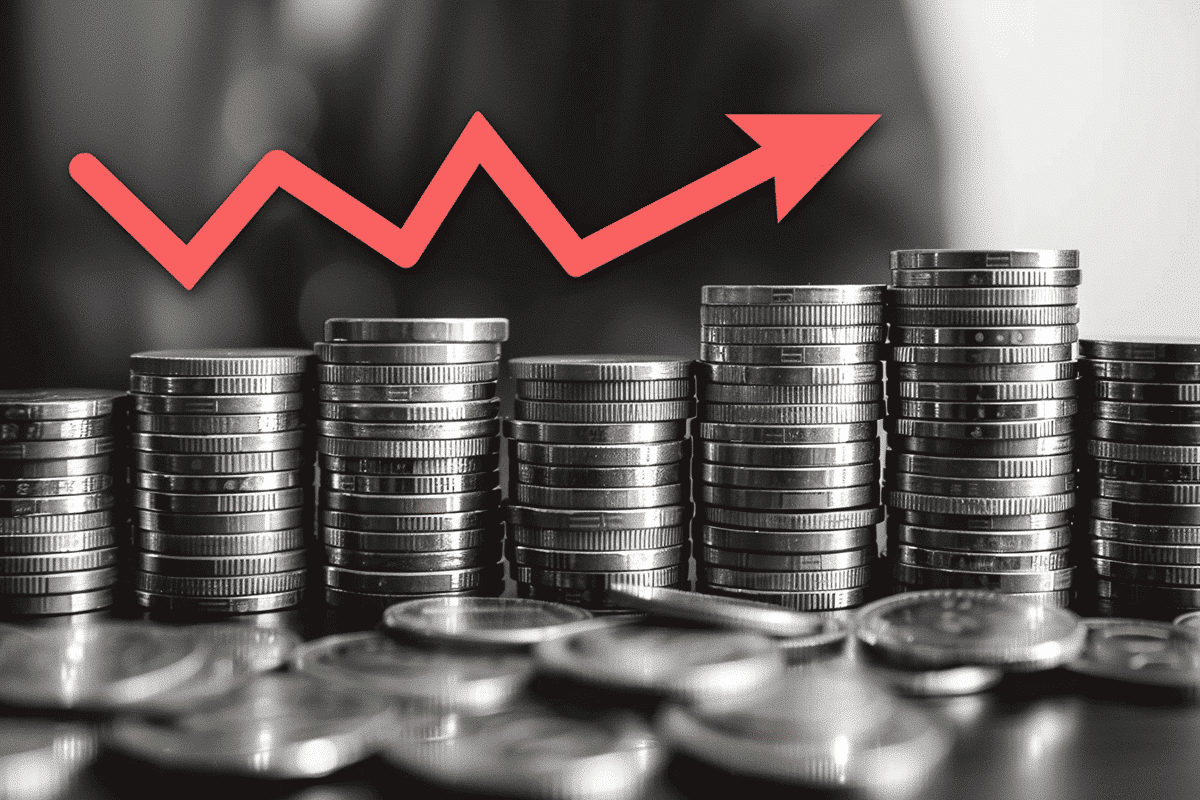In recent years, interest rates have soared to unprecedented levels following a series of 11 rate hikes by the Federal Reserve between March 2022 and July 2023. This surge has presented an opportunity for savers to earn competitive returns on high-yield savings accounts, with some offering rates exceeding 5.00%.
However, as economic indicators hint at a need for moderation, the Federal Reserve has signaled its intention to lower interest rates, contingent upon the stabilization of inflation and pricing trends. While no rate cuts have been implemented thus far in 2024, indications suggest that adjustments could be made before the summer season arrives.
The potential reduction in interest rates poses a challenge for individuals seeking to preserve their high returns. One option gaining attention is the utilization of certificates of deposit (CDs). CDs, akin to savings accounts, offer FDIC insurance, safeguarding invested funds from loss. Unlike savings accounts, however, CDs lock in a specified interest rate for a predetermined period, ranging from three months to five years.
By opting for a CD, investors can secure their current high returns, shielding themselves from potential rate decreases initiated by the Federal Reserve. Despite this advantage, it’s essential to note that early withdrawal from a CD typically incurs penalties, necessitating careful consideration before investing.
CDs are ideally suited for funds earmarked for future expenses beyond the CD’s term duration, such as saving for a down payment on a home or funding a child’s education. Conversely, they are not recommended for emergency funds, which may require immediate access, or for long-term investments best suited for brokerage accounts.
For investors with a longer time horizon of five years or more, alternative investment vehicles such as S&P 500 index funds may offer greater potential returns. Historically, the S&P 500 has delivered average annual returns of 10%, surpassing the yields typically associated with CDs.
Despite the allure of higher potential returns, the decision to invest in CDs or alternative instruments hinges on individual financial goals and risk tolerance. While CDs provide stability and guaranteed returns, they lack the flexibility of brokerage accounts and may not maximize long-term investment growth.
In light of the Federal Reserve’s anticipated actions and the potential impact on interest rates, savers are urged to evaluate their financial strategies carefully. Assessing the need for liquidity, weighing the trade-offs between risk and reward, and considering future financial goals are paramount in navigating the evolving economic landscape.
As the prospect of declining interest rates looms, proactive measures such as diversifying investment portfolios, exploring alternative savings vehicles, and staying informed about market developments can empower individuals to adapt and thrive in changing economic conditions.





